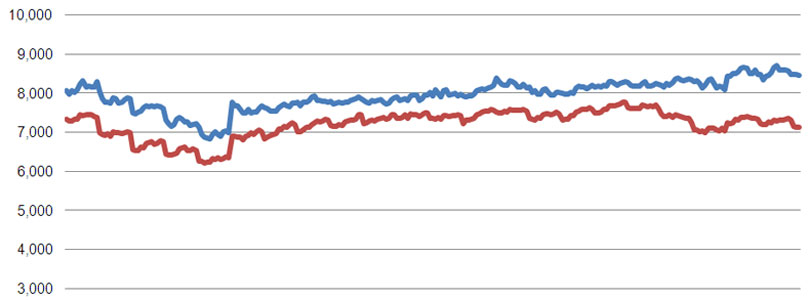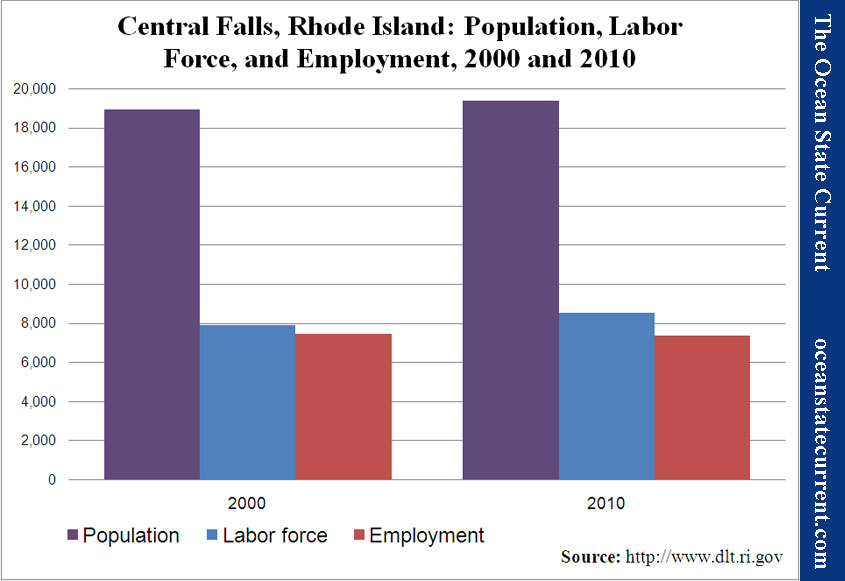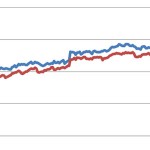State in Decline, Employment in RI Cities and Towns: Central Falls
The most striking thing about Central Falls’ employment picture may not be that its unemployment rate (not seasonally adjusted) was 15.6% in March, according to data provided by the RI Dept. of Labor and Training, but that the percentage of its population that counts as its labor force is so low. Only around 44% of the city’s population is either working or looking for work. If that percentage were 55%, which would be more in line with the cities and towns of Rhode Island that the Current has examined so far, its unemployment rate would be 33.1%.
And its labor force has actually been growing. In the years between the two most recent U.S. Census counts, Central Falls’ population grew 2.4%, but its labor force grew 8.2%. Meanwhile, the total number of Central Falls residents who are employed hasn’t actually fallen that far, by Rhode Island standards, dropping only 1.3%.
Since 2010, the city’s picture has slipped a bit farther. Its labor force is still near the high end of the twenty-two years of data supplied by the DLT, but its total employment is below the average. Consequently, the number of residents counting as unemployed is very near the record 1,400 people set in July 2011.
In the following chart, unemployment is the distance between the two lines.
Note on the Data
The population data above comes from the U.S. Census conducted every ten years and is therefore generally considered reliable, to the extent that is used as reference for various government programs and voter districting.
The labor force and unemployment data, however, derives from the New England City and Town Areas (NECTAS) segment of the Local Area Unemployment Statistics (LAUS) of the federal Bureau of Labor Statistics (BLS). A detailed summary of the methodology is not readily available, but in basic terms, it is a model based on and benchmarked to several public surveys. It can be assumed that the sample rate (i.e., the number of people actually surveyed) in each Rhode Island town is very small (averaging roughly 30 people per municipality).
The trends shown, it must be emphasized, are most appropriately seen as trends in the model that generally relate to what’s actually happening among the population but are not an immediate reflection of it. Taking action on the assumption that the exact number of employed or unemployed residents shown corresponds directly to real people in a town would vest much too much confidence in the model’s accuracy.
Be that as it may, the data has been collected and published, and taken a town at a time, it is relatively easy to digest. So, curiosity leads the Current to see it as the best available data to deepen our understanding of trends within Rhode Island. If the findings comport with readers’ sense of how the towns relate to each other, perhaps lessons regarding local and statewide policies may be drawn. If not, then the lesson will be on the limitations of data in our era of information overload.






